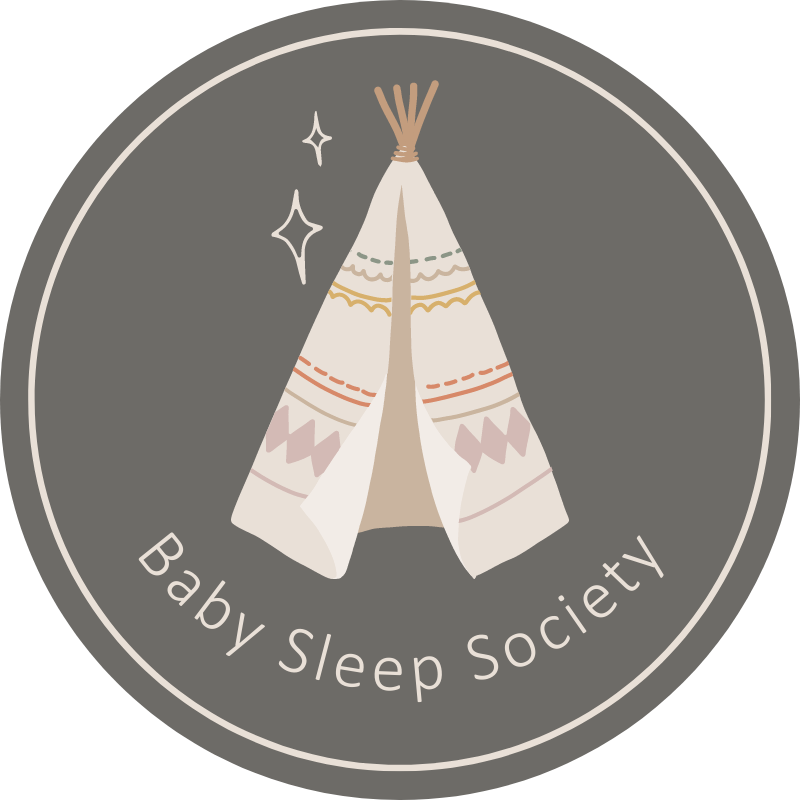3 top tips for a calm sleep space
Creating a calm space for your baby to sleep is a great foundation for optimising sleep. Try these simple tips to see if they could help you with your current sleep situation:
Make the room dark:
Darkness helps to support your baby’s natural circadian rhythm (body clock) and consequently the production of melatonin, the hormone which promotes sleep. While some babies aren’t too bothered by light, we would recommend a completely dark space to ensure your baby is given the best opportunity for restful, restorative sleep.
Daylight acts as a signal for babies to be awake and alert, as such, having light pouring in (especially in the summer months) will likely lead to earlier wake ups.
Darkness also creates an environment free from distractions or stimulation.
Our top tips:
Remove any light mobiles or nightlights from your baby’s sleep space
Invest in blackout blinds or curtains, use temporary black out blinds that stick to your windows with suction cups, or even carboard does the trick (check the room to ensure no chinks of light are getting in!). Our favourite temporary black out blind is the Easynight Blackout Blind linked here – we take it on every holiday with us!
If you’re feeding in the night, try using a dim amber light to avoid harsh blue light during wake ups. Our favourite is this one linked here.
Check the room temperature:
Your baby’s sleep space should be kept at a temperature between 16-20 degrees Celsius, as recommended by The Lullaby Trust. This not only complies with safe sleeping practices but also helps to support the body’s natural programming to dip slightly in core temperature ahead of going to sleep
Our top tips:
Check your baby’s room temperature, most baby monitors have this function built in, but if not you can purchase room thermometers relatively cheaply.
Temperatures drop in the early hours of the morning, if you’re finding your baby is waking up a bit early, try putting socks on their feet when they go to bed to stop them waking from the change in temperature.
Ensure you’re dressing your baby in the appropriate number of layers for the room temperature
Use white or pink noise:
White or pink noise can be a helpful aid to get your baby to sleep and to link their sleep cycles by masking any unexpected noises; building work, noises from siblings, someone knocking at the door etc.
White noise contains all frequencies across the spectrum of sound in equal measure – it sounds a bit like the static from an untuned radio. Pink noise is lower pitched than white noise and sounds more like the sound produced by a waterfall.
White noise can be used for babies of any age, whereas it’s recommended pink noise is only used for babies 6 months and older.
Our top tips:
If you choose to use white noise, ensure it remains on consistently for the duration of the sleep or nap (avoid anything which is timed).
Don’t place the speaker directly next to your baby’s head. White / pink noise shouldn’t be any louder than a shower or 50 decibels (there are lots of apps available to check sound levels if you’d like to check!).
Our favourite white noise machine is the I-Star White Noise Machine linked here.
Looking for more support with your child’s sleep? Take a look at the 1-1 packages we offer here.

